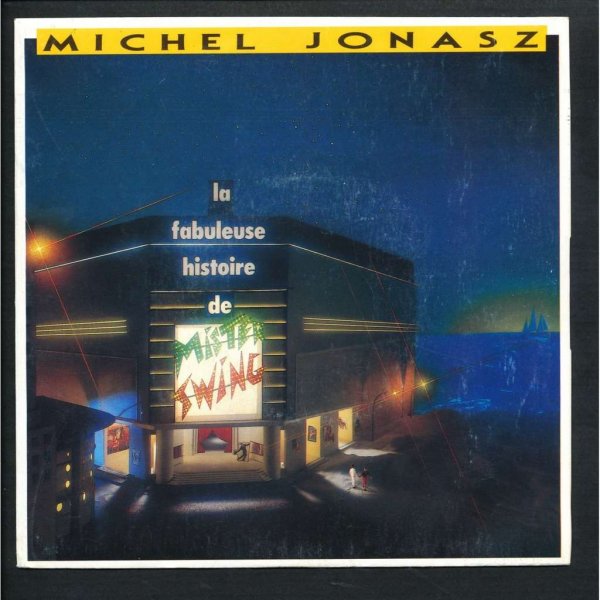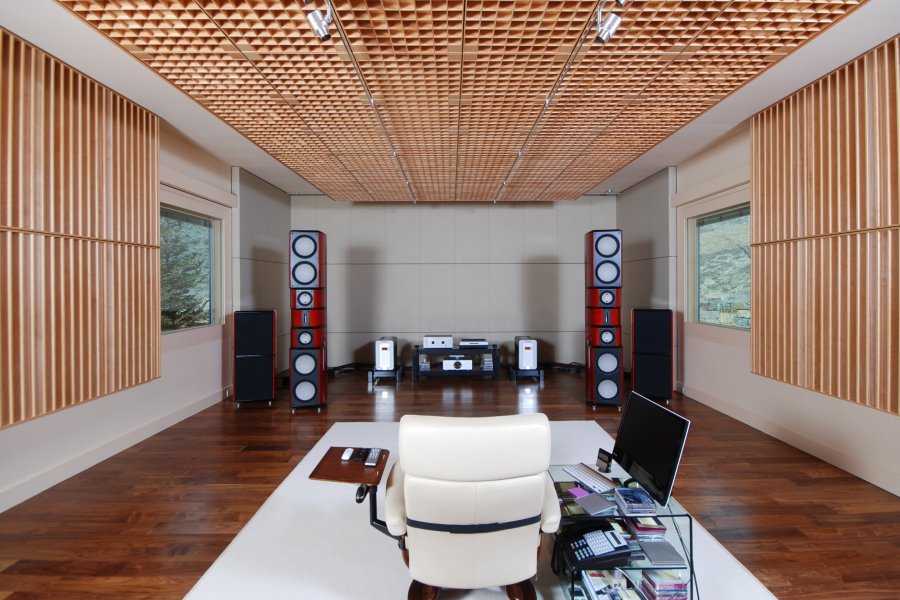Conclusion:
Speaking of speakers that all have their size-independent time/phase/filter/baffle issues: Bigger speakers often sound bigger, and reproduce sound stages that are then also bigger, when compared to small speakers. So bigger here can be seen as one of the essential benefits for going for large units or panels if speaking about baffle surface. BUT, smaller top-tier speakers have the potential to throw a better and even FAR BIGGER sound stage than top-tier big speakers ever could, BECAUSE from a listener's point of view/hearing, they will not be 'gluing' so much acoustic energy to to their physical surfaces. This leads to a potentially much airier, more effortless, more genuine and more emotionally receptive type of musical reproduction. Small size, with the rest beinge equal, make it potentially much easier, rather than harder, to reach best-level soundstaging, if these smaller speakers are of the right top-notch soundstage-pedigree.
Going for modern phase/time aligned and coherent multi-ways in the league most fitting to our best-level-needs and interests, performance might actually save us from, and lift us a above, previous-semi-optimal situations where we would encounter, and to arrive to, the typical proper (and sufficiently deep if needed) centre image, and simultaneously suffer from image-quality around it (not much there in spaces other than centre, left and right), combined with some imaging glued to the panels/baffles, and then again not much at all coming from beyond this stereo pair.
We need even and realistic staging at all places in height, width, depth, far beyond the speaker's setup, and not just ONLY AT CENTRE, OR SPEAKER R/L. Instead, sound-staging should be also having depth on (far) left and right from centre (lets hear where instruments are in the full-out symphonic orchestra), with all awareness and notion leaving the speakers, and create something impressively beautiful and real, beyond its physical width, height etc in the setup. IF sound appears to come from the speaker, is it still considered to be a high-end situation? At 2022?
At some point we should start deciding not to take that compromise: instead, we should focus right now on speakers that simply throw a huge but correctly-sized sound stage equally represented at all spots and in all 3 XYZ directions, with all full-bodied threedimensional imaging in that vast stage we can create. So, also in big rooms and with the most demanding dimensional settings and without compromise, baffle size needs and height should be overcome by better point source offerings (which can be 1, 2, 3, 4 ways if implementing 100% time/phase coherence and overcoming architectural and synergetic difficulties). Shape, drivers, filters are all more important than cabinet-size. Being able to sound big with smaller physical dimensions, will only benefit Sound Stage size, rather than limit it. BUT, about height: even the best "small" speaker with very good sound stage properties will kind-off suck if the acoustic centre mid/high will not be positioned higher than the listener's ear. The full "being there" experience needs the acoustic centre mid/high sections the be ABOVE the height of its ears. No compromise possible here. lets go emotional, lets go realistic, and lets go live in reproduction, then as a listener the only thing left to do is to get goose-bumps.

 www.discogs.com
www.discogs.com

















